[BITCOIN]
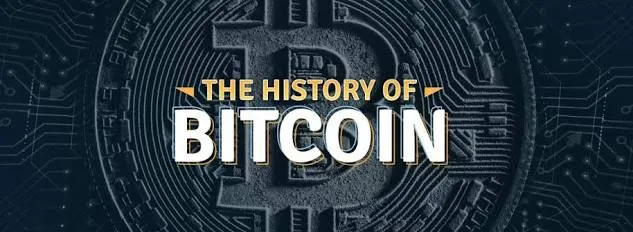
HISTORY;
On 18 August 2008, the domain name bitcoin.org was registered.Later that year on 31 October, a link to a paper authored by Satoshi Nakamoto titled Bitcoin: A Peer-to-Peer Electronic Cash System was posted to a cryptography mailing list. This paper detailed methods of using a peer-to-peer network to generate what was described as "a system for electronic transactions without relying on trust". On 3 January 2009, the bitcoin network came into existence with Satoshi Nakamoto mining the genesis block of bitcoin (block number 0), which had a reward of 50 bitcoins.
"Satoshi Nakamoto" is presumed to be a pseudonym for the person or people who designed the original bitcoin protocol in 2008 and launched the network in 2009. Nakamoto was responsible for creating the majority of the official bitcoin software and was active in making modifications and posting technical information on the bitcoin forum.Investigations into the real identity of Satoshi Nakamoto were attempted by The New Yorker and Fast Company.
[ETHEREUM]
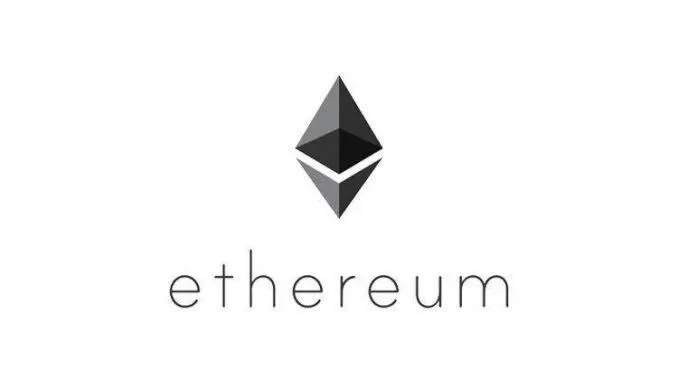
HISTORY;
Ethereum was initially described in a white paper by Vitalik Buterin, a programmer involved with Bitcoin Magazine, in late 2013 with a goal of building decentralized applications.Buterin had argued that Bitcoin needed a scripting language for application development. Failing to gain agreement, he proposed development of a new platform with a more general scripting language.
At the time of public announcement in January 2014, the core Ethereum team was Vitalik Buterin, Mihai Alisie, Anthony Di Iorio, and Charles Hoskinson. K Formal development of the Ethereum software project began in early 2014 through a Swiss company, Ethereum Switzerland. Subsequently, a Swiss non-profit foundation, the Ethereum Foundation (Stiftung Ethereum), was created as well. Development was funded by an online public crowdsale during July–August 2014, with the participants buying the Ethereum value token (ether) with another digital currency, bitcoin. While there was early praise for the technical innovations of Ethereum, questions were also raised about its security and scalability.
[EOS COIN]
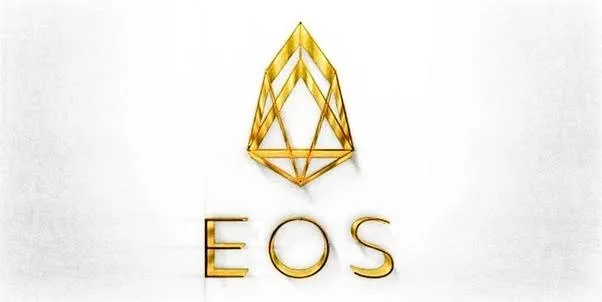
HISTORY;
Based on a white paper published in 2017, the EOSIO platform is currently being developed by private company block.one to be released as open-source software on June 1, 2018. In order to ensure widespread distribution of the native token at the launch of the blockchain, one billion tokens are being distributed on the ethereum blockchain by block.one.
This will provide a distribution that anyone can use to launch the EOS blockchain once the software is released, while the CEO of block.one, Brendan Blumer, announced that block.one will support the EOSIO blockchain with over one billion USD in funding from the token sale. On November 29, 2017, at BlockShow Asia, block.one revealed a publicly available testing environment called EOSIO Single-Threaded Application Testnet (“EOS STAT”). A January 2018 credit rating of cryptocurrencies reported B ratings for EOS and Ethereum.
[STEEM]
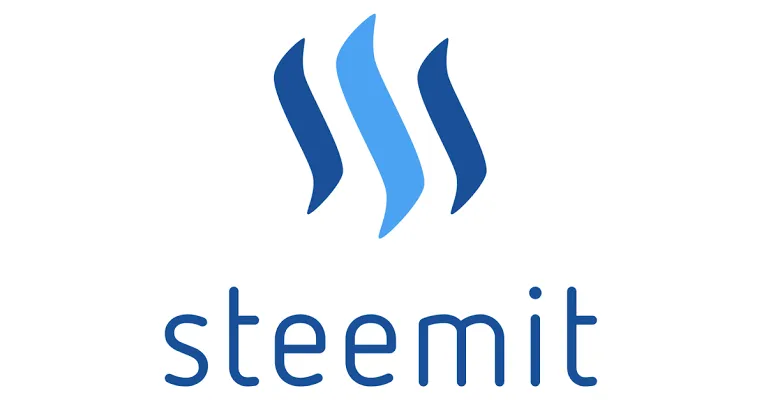
HISTORY;
The project was founded in 2016 by Ned Scott and Dan Larimer, creator of BitShares. The two are founders of the Steemit Inc. company which runs the Steemit website and funds ongoing development of the platform. On March 15, 2017 Dan Larimer announced his resignation from the company.
Concept: The idea was described in a whitepaper released in March 2016. The general concept is similar to other blogging websites or social news websites like Reddit, but the text content is saved in a blockchain. Using a blockchain enables rewarding comments and posts with secure tokens of value.
Images can be uploaded and hosted on Steemit. Other multimedia content must be embedded from other web hosts. For formatting, there is a WYSIWYG editor. Users can also opt to use Markdown formatting with HTML elements.
User accounts can upvote posts and comments, and the authors who get upvoted can receive a monetary reward in a cryptocurrency token named STEEM and US dollar-pegged tokens called Steem Dollars. People are also rewarded for curating popular content. Curating involves voting comments and post submissions. Vote strength and curation rewards are influenced by the amount of STEEM Power held by the voter.
Steemit has a reputation system, where new accounts start with a reputation of 25. An account's received votes can influence its reputation up and down, incentivizing online etiquette.
[LITECOIN]
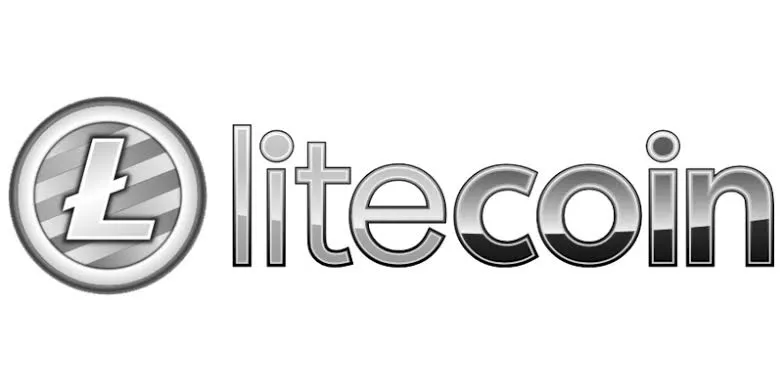
HISTORY;
Litecoin was released via an open-source client on GitHub on October 7, 2011 by Charlie Lee, a former Google employee. The Litecoin network went live on October 13, 2011. It was a fork of the Bitcoin Core client, differing primarily by having a decreased block generation time (2.5 minutes), increased maximum number of coins, different hashing algorithm (scrypt, instead of SHA-256), and a slightly modified GUI.
During the month of November 2013, the aggregate value of Litecoin experienced massive growth which included a 100% leap within 24 hours. Litecoin reached a $1 billion market capitalization in November 2013. In May 2017, Litecoin became the first of the top 5 (by market cap) cryptocurrencies to adopt Segregated Witness. Later in May of the same year, the first Lightning Network transaction was completed through Litecoin, transferring 0.00000001 LTC from Zürich to San Francisco in under one second. In February 2018, the EU online retailer Alza.cz began accepting Litecoin as a payment method.